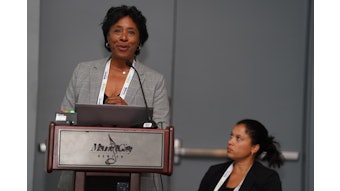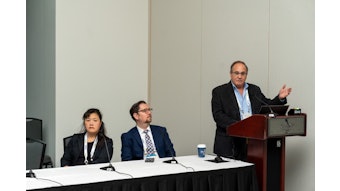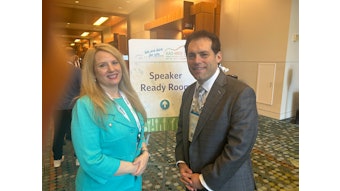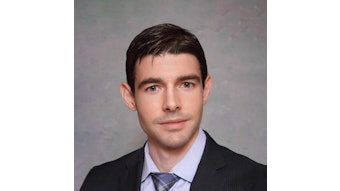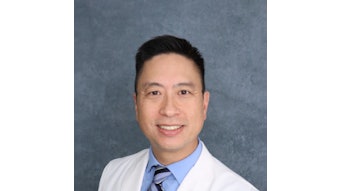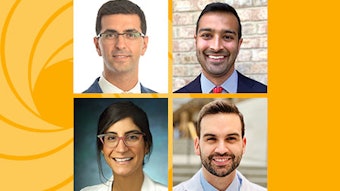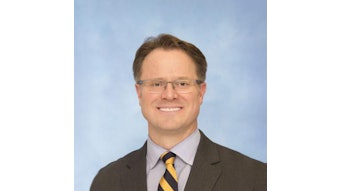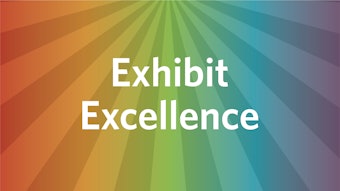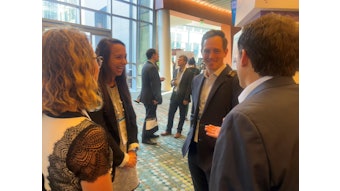Ergonomics in the OR
Don't let work-related musculoskeletal disorders (MSDs) keep you from enjoying your work.
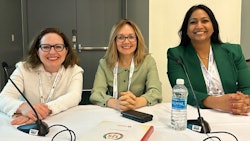
Work-related musculoskeletal disorders (MSDs) are extremely common in surgeons with widely cited rates exceeding 70% across all surgical fields, including otolaryngology. Data suggest otolaryngologists are affected by extremely high rates of neck, shoulder, and back pain. Work-related MSDs have been shown to be a predictor of negative consequences for both personal health and professional career longevity.
Athletes such a LeBron James have long understood the need to invest in maintaining their bodies with help from the gym, trainers, masseuses, physical therapists, and nutritionists so they can have long and healthy careers, yet surgeons who also rely on their bodies to perform at peak are only beginning to understand how improved ergonomics in their ORs can help them perform better and also maintain long and healthy careers.
Tuesday’s panel of speakers addressed the “The Pain of Surgery: Improving Surgical Ergonomics in ENT,” citing the current lack of ergonomic understanding, inconsistent support and training, and an OR culture that may ignore or deny discomfort.
Moderator Maura Kelly Cosetti, MD, a neurotologist at Icahn School of Medicine at Mount Sinai, surveyed the audience, comparing the meeting room’s surgeons’ responses to national study averages and found they are consistent. Until recently, surgeons were expected to do no harm, “except to ourselves,” she said.
Even though each specialty is different in terms of challenges and technology, Dr. Cosetti said the widely reported 70% MSDs rate can’t continue. The increasing complaints of symptoms in necks, back, and shoulders reveals a universal problem that could find talented surgeons leaving the profession early. Comparatively, Dr. Cosetti said desk workers experience MSDs at a rate of approximately 14%. For that smaller contingent, you see businesses adapting messaging, equipment, and technology, she said.
Deepa Galaiya, MD, a neurotologist and lateral skull base surgeon at Johns Hopkins Medicine, shared studies her team conducted to evaluate posture and equipment in ORs. The studies were designed to better understand comfort and performance on a day-to-day basis that might impact the length of careers.
Specifically, the studies evaluated the prolonged effect of bad posture and neck angles from slouching and craning to adapt to the operating table or OR’s microscope relative to the patient they are working on. The studies revealed that understanding and achieving appropriate height on the tables and chairs was problematic.
The study results concluded that the neck was especially vulnerable, and that technique is likely more important than tools, and more quantitative research and ergonomics training are needed.
Dr. Galaiya also said that culture plays a huge role in the ergonomics dilemma. She recommended that institutions avoid derogatory terms such as “princess pads,” and that surgeons and healthcare professionals report pain to occupational therapy / physical therapy to prevent symptoms from becoming chronic.
Ksenia A. Aaron, MD, an otolaryngologist at the Head and Neck Institute at the Cleveland Clinic, described the basic biological event that occurs when you hold awkward positions for too long, which is needed in surgeries.
“The longer you hold to stasis, lactic acid is building up. This leads to soreness and ultimately to injury,” she said. She said it usually requires two to three days to return to baseline from the uncomfortable positions often demanded in surgery. That might not be an issue if a surgeon only operates a couple of times during the week, however, that is not typical, she said.
Dr. Aaron recommended microbreaks and periodically pausing to stretch and get blood flowing to reduce the lactic acid. She also recommended that stretching should start at home, focusing on large muscle groups. Then during the microbreaks in surgery, she said to stretch every 20 minutes or so and focus on the areas of strain with slow stretching movements.
Dr. Aaron said proper OR ergonomics is critical for a healthy and long surgical career. Just a few minutes a day of mindful stretches could mitigate the risk of chronic pain, injury, and an early end to your career, she said.
Additional studies into biofeedback are warranted as more attention and focus are placed on taking care of surgeons, she said.
